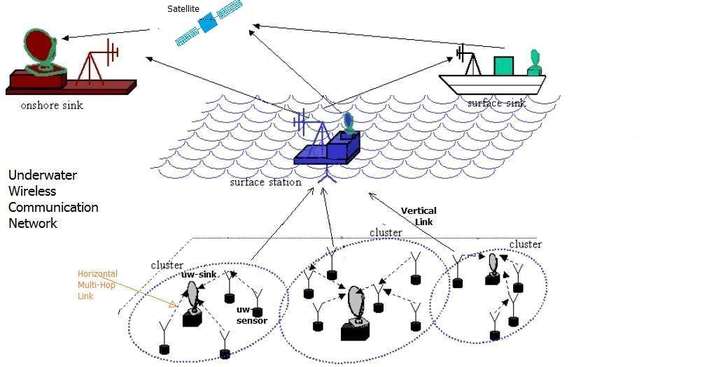Small cells improve indoor and outdoor network
coverage
·
Small
cells have emerged as a promising option to ensure ubiquitous indoor and
outdoor connectivity.
·
They
are low powered radio access nodes with a network range of 10 meters to 2km and
can work on both licensed and unlicensed spectrum.
· These
cells have all the basic characteristics of a conventional base station and are
capable of handling high volumes of data traffic.
· Small
cells offer several advantages over macrocells such as improved network
coverage, increased capacity in densely populated urban areas and extended the battery life of handsets.
· Key factors driving small cell demand
·
As
per industry estimates, the global small cells market is expected to grow from
$12.5 billion in 2017 to $58.7 billion in 2024.
·
The
key demand drivers for small cells are:
o
Increasing
need for seamless indoor connectivity
o
Increasing
adoption of outdoor small cells
o
Surging
demand for smartphones and wireless devices
o
Proliferation
of IoT and M2M communication
o
o Enabling role in 5G roll-out
§ The small cell 5G network market
size is expected to increase from $528
million in 2019 to $3,509 million by 2025 at a compound annual growth rate of
37.1%
§ However at a later stage of 5G
deployment post-2021 the adoption of small cell network for mmWave is expected
to increase with the adoption of IoT and M2M communication.
· Operator initiatives in India
o
Vodafone
Idea Ltd has partnered with Nokia to
roll out its next-generation LTE network across multiple service areas.
o
Under
this agreement Nokia will deploy small cells and roll out single radio access
network (RAN) and massive multiple inputs multiple output technology for the
operator
o
Bharti
Airtel too is investing in small cells to improve network coverage in cities.
o
In
order to create a hyper-dense network for 5G, small cells will need to be
deployed at every 200-250 meters on-street infrastructure such as electricity
poles, streets lights, metro pillars, rooftops of public buildings and
traditional macro towers.
o
The
increasing uptake of in-building solution, particularly small cells has given
an opportunity to tower companies to diversify their business operations from
pure-play tower services to managed services.
Issues and Challenges
· Backhaul
development
·
The
most promising solutions for meeting backhaul requirements for small cell
deployments are mmWave technologies including E-band(70-80 GHz) and V band
(60GHz)
· E-band
is suitable for high density and high capacity wireless backhaul applications
and is ideal for small cell links of 300-500 meters.
